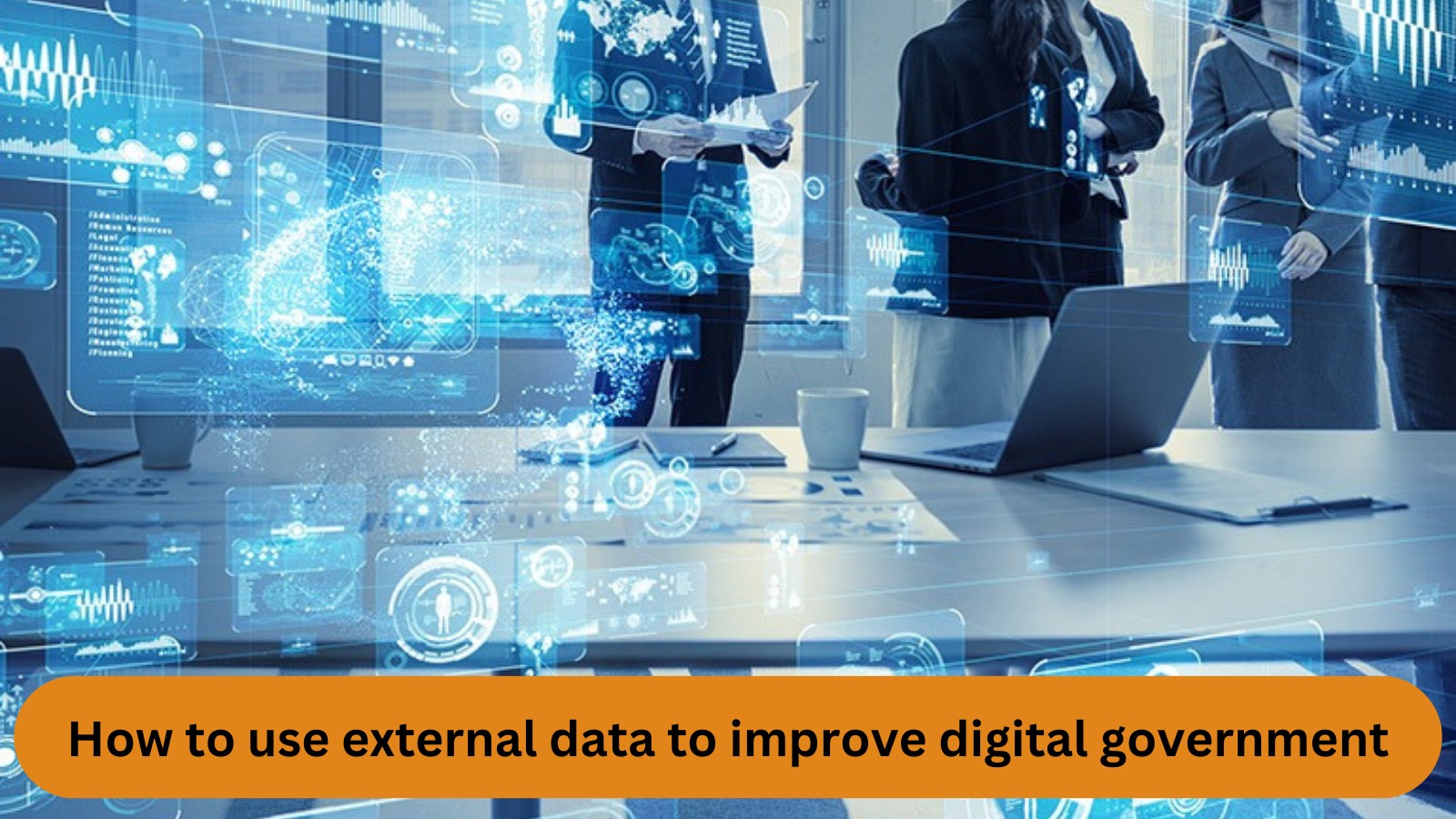Unveiling government 5.0 – a blueprint for digital empowerment
Published on September 07, 2023
Over the course of its evolution, digital government has progressed through significant stages, moving from the initial focus on digitizing individual government services in what is known as Government 1.0.
This early phase primarily involved the conversion of existing services into digital formats, enabling citizens to access them online.
The evolution of digital government culminated in Government 5.0, where the emphasis shifted towards a citizen-centric model.
This phase revolves around the concept of providing services that revolve around citizens’ life events and circumstances rather than being limited to specific government functions or departments.
Government 5.0 aims to create a seamless and holistic experience for citizens by integrating services from different domains and levels of government into a unified and coherent ecosystem,
This approach recognises the diverse needs and complexities of individuals’ lives and seeks to provide comprehensive support and assistance throughout their various life stages.
Agencies structured around citizens lives
In the advanced stage of Government 5.0, government agencies have restructured their services around the various life events of citizens, creating a seamless and predictive experience.
The goal is to minimise the need for citizens to intervene or communicate extensively with different agencies, as the system automatically coordinates and delivers the necessary services through a single channel.
Let’s consider another example to illustrate this concept….
Imagine a citizen who decides to start a small business.
In this scenario, the government system recognises this “life event” and triggers the involvement of multiple agencies to support the entrepreneur.
Hypothetically, the Ministry of Commerce would provide guidance on business registration and licensing requirements, while the Tax Authority would initiate the process for obtaining a tax identification number.
Additionally, relevant agencies responsible for permits, inspections, and environmental compliance would be automatically engaged based on the nature of the business.
Through a centralised platform, the citizen would receive step-by-step guidance, automated notifications, and seamless access to all the necessary services– reducing the administrative burden and ensuring a smoother process for starting a business.
Government 5.0 = A mature digital government
Here are some of the main characteristics of a government 5.0
Digital by design
A mature digital government embraces digital technologies as the foundation of its operations.
It adopts a holistic and strategic approach to digital transformation, ensuring that digital elements are embedded in the design and delivery of all government services.
This means leveraging emerging technologies, optimizing digital infrastructure, and prioritizing digital literacy to provide seamless and efficient services to citizens.
Citizen-centricity & customer success
A mature digital government places citizens at the centre of its service delivery model. As mentioned above…
It strives to understand citizens’ needs, expectations, and preferences, tailoring services accordingly.
By focusing on customer success, the government aims to provide personalized experiences, streamlined processes, and easy access to information and support. This citizen-centric approach enhances satisfaction, trust, and engagement with the government.
Built on e-participation
E-participation is a crucial aspect of a mature digital government.
It facilitates active citizen engagement and collaboration in decision-making processes.
Through digital platforms and tools, citizens can contribute their opinions, provide feedback, and participate in public consultations.
E-participation promotes transparency, inclusivity, and responsiveness, strengthening the relationship between the government and its citizens.
Open by default
A mature digital government operates on the principle of openness. It proactively shares information, data, and knowledge with the public, making it accessible and transparent by default.
Openness promotes accountability, trust, and public scrutiny, allowing citizens to participate in governance, hold the government accountable, and contribute to public decision-making processes.
Ease of policy formulation
A mature digital government leverages digital tools and platforms to streamline policy formulation processes.
It embraces agile and iterative approaches to policy development, allowing for continuous feedback, evaluation, and improvement.
By leveraging technology to facilitate collaboration and knowledge sharing among stakeholders, the government can develop policies that are responsive to evolving challenges and opportunities.
Bottom line
Ultimately, the journey towards a mature digital government is an ongoing process, requiring continuous innovation, adaptability, and a deep understanding of citizens’ evolving needs.
By embracing digital transformation and adopting the principles of Government 5.0, governments can foster a future where citizens are seamlessly connected with the services they require, empowered to actively participate in governance, and confident in the transparency and accountability of their government.
About the Author
Mohammad J Sear is focused on bringing purpose to digital in government.
He has obtained his leadership training from the Harvard Kennedy School of Government, USA and holds an MBA from the University of Leicester, UK.
After a successful 12+ years career in the UK government during the premiership of three Prime Ministers Margaret Thatcher, John Major and Tony Blair, Mohammad moved to the private sector and has now for 20+ years been advising government organizations in the UK, Middle East, Australasia and South Asia on strategic challenges and digital transformation.
He is currently working for Ernst & Young (EY) and leading the Digital Government practice efforts across the Middle East and North Africa (MENA), and is also a Digital Government and Innovation lecturer at the Paris School of International Affairs, Sciences Po, France.
As a thought-leader some of the articles he has authored include: “Digital is great but exclusion isn’t – make data work for driving better digital inclusion” published in Harvard Business Review, “Holistic Digital Government” published in the MIT Technology Review, “Want To Make Citizens Happy – Put Experience First” published in Forbes Middle East.
More from Mohammad J Sear





